Paying Off Student Loans: A Balanced Approach to Debt and Living
For many young professionals, student loans can feel like a weight that’s holding them back from enjoying life. Whether you’re juggling multiple loans or just one large balance, paying off student debt doesn’t mean you have to give up your social life or personal growth. With the right approach, you can take control of your student loans while still living the life you want. Here are some practical strategies to crush student debt without sacrificing your lifestyle.
Start by understanding your loans. Take inventory of your loan types (federal or private), balances, interest rates, and repayment terms. Federal loans often offer more flexibility, such as income-driven repayment plans or deferment options, which can be helpful if your budget is tight. Knowing your loans inside and out gives you clarity and helps you create a targeted repayment plan.
Explore your repayment options. Federal student loans come with various repayment plans tailored to your income and financial situation. Options like Income-Driven Repayment (IDR) plans can lower your monthly payments based on your earnings, giving you breathing room to manage other expenses. Additionally, if you qualify for Public Service Loan Forgiveness (PSLF), working in certain public service roles could help you have your remaining balance forgiven after 10 years of payments.
Create a realistic budget that doesn’t feel restrictive. Budgeting is about being intentional with your spending, not cutting out all the fun in your life. Use the 50/30/20 rule as a guideline: allocate 50% of your income to needs (like rent and loan payments), 30% to wants (like dining out and hobbies), and 20% to savings or extra debt repayment. If student loans are your focus, temporarily redirect more of your “wants” budget toward paying them down faster.
Automate your payments to stay on track. Set up automatic payments to ensure you never miss a due date. Many federal and private loan servicers even offer an interest rate reduction (usually 0.25%) if you enroll in autopay. Automating extra payments can also help you make consistent progress in reducing your balance.
Consider refinancing if it aligns with your goals. If you have private student loans or a mix of private and federal loans, refinancing could help you secure a lower interest rate and reduce your monthly payments. Be cautious, though—refinancing federal loans into a private loan means losing access to federal benefits like IDR plans and PSLF.
Stay ahead of interest by minimizing its impact. Consider making interest-only payments while still in school or during grace periods. Once you’re in repayment, making extra payments—even small ones— toward your principal balance can significantly reduce the total cost over time.
Keep the bigger picture in mind. Crushing student loan debt is about creating a better financial future. The sacrifices you make now don’t have to feel like punishments but rather steps toward freedom and flexibility. Being debt-free means more money for the things you truly care about, like travel, investing, or starting a family.
As with all financial planning topics, there is no one-size-fits-all solution. Everyone’s situation is unique, and working with your financial advisor can help you create a plan tailored to your goals and needs.
Don’t hesitate to reach out for guidance—you don’t have to tackle this journey alone.
Any opinions are those of the speaker(s) and not necessarily those of Raymond James. Opinions expressed in the attached article are those of the author/speaker and are not necessarily those of Raymond James. All opinions are as of this date and are subject to change without notice. Every investor’s situation is unique and you should consider your investment goals, risk tolerance and time horizon before making any investment. The forgoing is not a recommendation to buy or sell any individual security or any combination of securities. The information contained in this report does not purport to be a complete description of the securities, markets, or developments referred to in this material.














